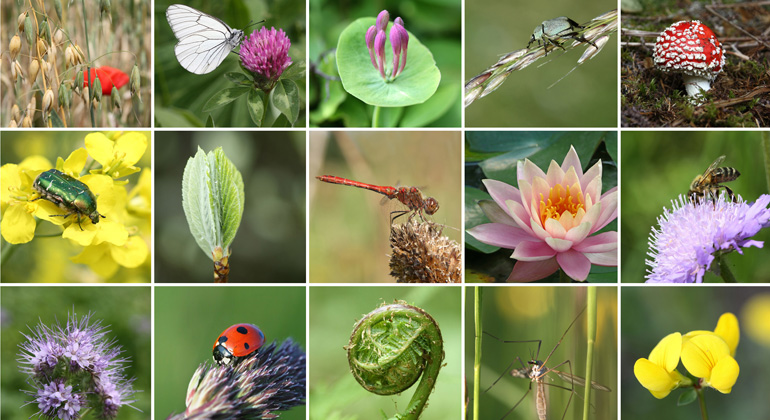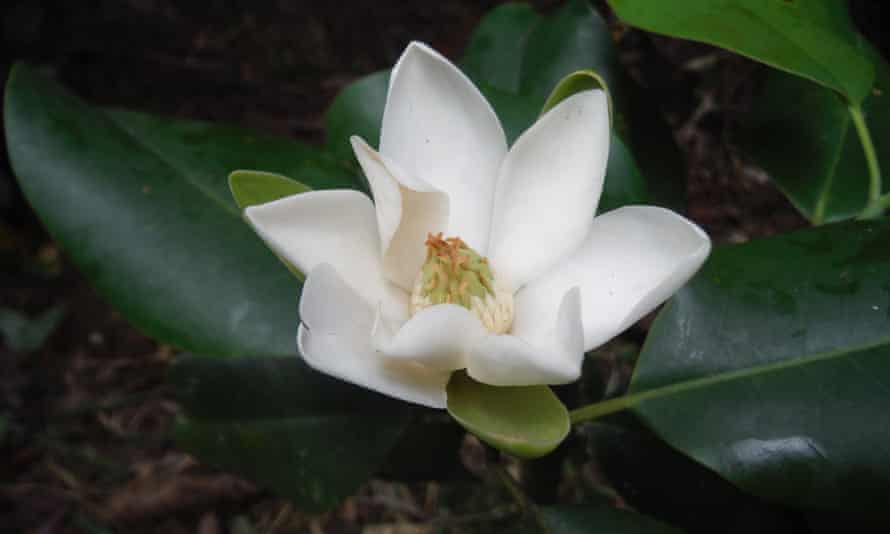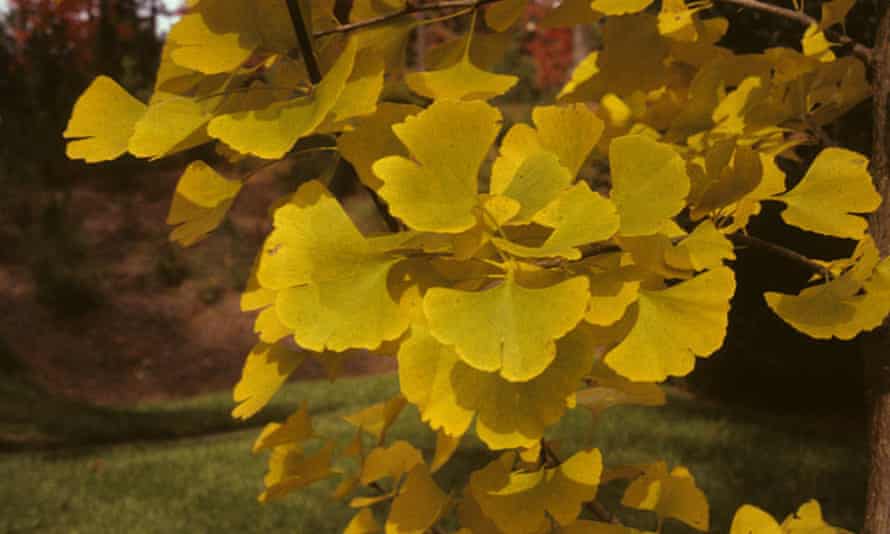By Sofia Quaglia, The Guardian, March 10, 2022
 |
| Some of the plants already have already gone extinct. |
Researchers have categorised more than 80,000 plant species worldwide and found that most of them will “lose” in the face of humanity – going extinct because people don’t need them.
This means that plant communities of the future will be hugely more homogenised than those of today, according to the paper published in the journal Plants, People, Planet.
The findings, which paint a stark picture of the threat to biodiversity, cover less than 30% of all known plant species, and as such are a “wake-up call”, say the researchers, highlighting the need for more work in this field.
“We’re actually beginning to quantify what’s going to make it through the bottleneck of the Anthropocene, in terms of numbers,” said John Kress, botany curator emeritus at the Smithsonian’s National Museum of Natural History and lead author of the paper. “It’s not the future, it’s happening. The bottleneck is starting to happen right now. And I think that’s part of the wake-up call that we are trying to give here. It’s something we might be able to slow down a little bit, but it’s happening.”
Researchers at the Smithsonian Institution set out to categorise exactly which plant species have been most affected by humans since the start of the Anthropocene – the geological epoch marked by profound human impact on Earth, in which humans have been responsible for global heating, deforestation, and other negative results of industrialisation.

They analysed data on 86,592 vascular plant species, gathering information from international databases about the different uses for these plants: whether they’re crops, which are economically important to humans, invasive weed plant species, endangered species that need to be protected or rare species which are involved in illegal trade, for example.
From this information, they created a categorisation of how the plants are faring and will fare in the future, describing eight distinct categories, and concluding that many more species of plants will be pushed to extinction by human activity on Earth, rather than aided.
There are 6,749 plants which are winners and are helpful to humans such as corn, rice, wheat and other crops, which cover 40% of the surface of the planet, and plants which have gone extinct in the wild but are surviving in cities, such as the ginkgo tree, planted on every block of New York City, according to Kress. Then there are 164 plants which are winners and aren’t useful to humans, mainly invasive, weedy species such as the kudzu, also known as “the vine that ate the south”.
About 20,290 species of plants are categorised as losers, mostly because they are not useful to humans, and they’re already recognised as endangered species – such as the magnolia tree from Haiti, which was cut down for firewood and does not grow anywhere else. Smaller lineages of plant species – such as cycads, the cypress family such as redwoods and junipers, and an ancient family of conifers called the araucariales – are most likely to disappear completely.

The scientists branded 26,002 species as potential losers, and 18,664 species as potential winners. The last two categories are those of plants currently considered neutral, and 571 plant species which have already gone extinct.
The results suggest that, in the future, there will be a lot less biodiversity, which in turn will drive a loss of animal diversity, and make ecosystems even more vulnerable in the face of extreme weather, changes in climate, or more degradation due to human impact.
“The authors used a dataset of 86,592 which represents about 25% of the world’s vascular plants,” said Barnabas Daru, assistant professor of biology at Texas A&M University, who was not involved in this study. “This means that we are missing a huge chunk of the puzzle, especially the vast knowledge gaps in some of the world’s most floristically diverse but poorly sampled regions such as South America, Africa and south-east Asia.”
Daru points out that there are other datasets that could help complete the picture and, possibly, show a different pattern for winners and losers.
With enough effort, any plant can be saved from extinction, said Richard Corlett, professor at the Xishuangbanna Tropical Botanical Garden, who was not involved in the study – for example, in living collections, in seed banks or in cryogenic tissue storage. That’s why there should be a stronger call for zero plant extinction, Corlett argues, and findings like these should sound the alarm and spur action.
“How many people can name a threatened plant?” said Corlett. “Plant conservation is not like animal conservation, where we continue to lose species despite efforts to save them. In plant conservation, there are no hopeless cases, at least in regards to extinction.”
No comments:
Post a Comment